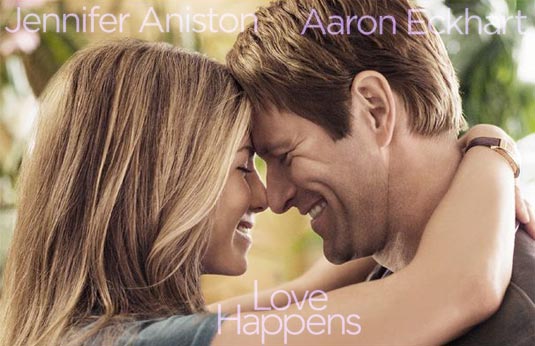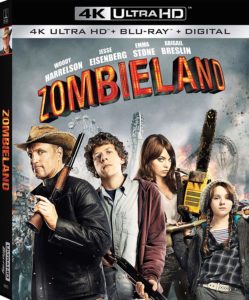Amelia
Posted on February 3, 2010 at 8:59 am
Amelia Earhart, the pioneering aviator who was lost over the Pacific, is given the big Hollywood biopic treatment in a curiously retro film that feels like it was intended for Katherine Hepburn or Susan Hayward. It is not the 1930’s setting that makes it feel so old-fashioned; it is the traditional take on a very un-traditional life. Earhart’s passion and achievement are what make her most interesting to contemporary audiences. But this film never shows us why flying was important to Earhart or what made her so determined. It does not show us what she was good at. The first name-only title provides the first indication that like the recent “Coco Before Chanel” it will minimize and marginalize the achievements of a woman of enormous historic import by focusing on her love life.
And it’s dull.
Hillary Swank, who produced and stars, plays Earhart as a woman who keeps a lot inside. Much of the acting is done in the varying breadth of her toothy smile, with an occasional blinking back of tears. Earhart is unfailingly brave and game, whether taking first lady Eleanor Roosevelt (an engagingly game Cherry Jones) on a moonlight flight over the Capitol, posing for a luggage ad as a way to finance her flights, or feeling drawn to a man other than her husband (who happens to be, we are repeatedly reminded, the father of future author Gore Vidal).
The film spends too much time on Earhart’s romance with publisher/promoter George Putnam (Richard Gere) and dalliance with Vidal’s father. It feels like a string of incidents without any connecting theme. Even the usually able director, Mira Nair, seems to have her pilot light turned to simmer. As Earhart tries to land on a tiny island to refuel in her attempt to circle the globe for the first time by air, screenwriter Ron Bass (“Stepmom,” “Snow Falling on Cedars”) makes the mistake of trying for for suspense even though the one thing everyone knows about Earhart is that she does not land successfully. The best part of the film comes from the exquisite images from cinematographer Stuart Dryburgh and production design by Stephanie Carroll; they make the backgrounds seem more alive and involving than the characters or the story. It just never takes off.




